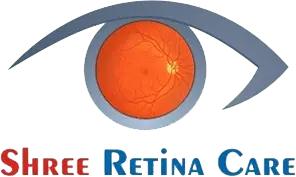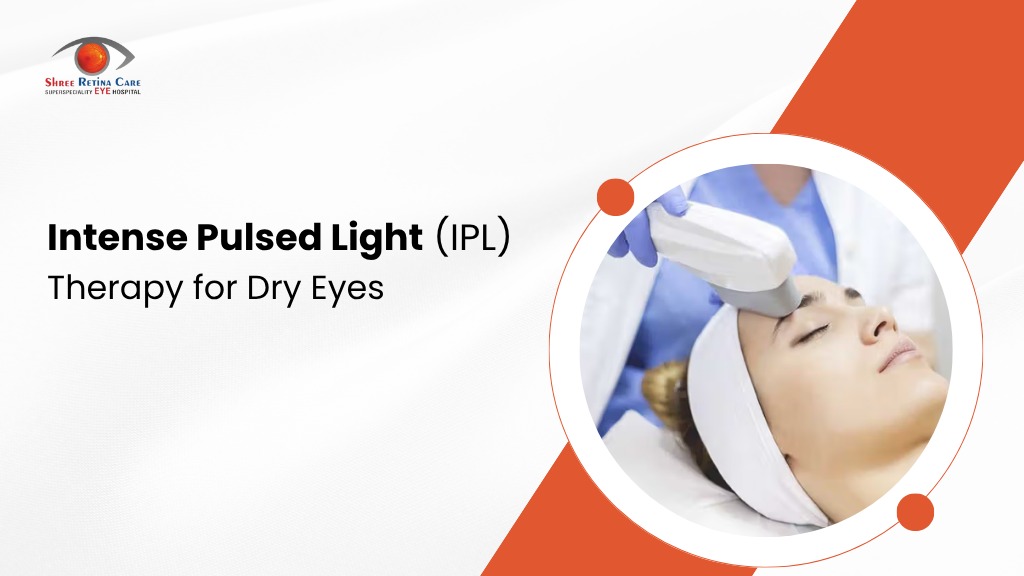Intense Pulsed Light (IPL) Therapy for Dry Eyes
Dry eyes aren’t just a mild irritation—they can seriously affect your comfort, focus, and even quality of life. The constant burning, blurry vision, or that gritty “sand in the eye” feeling can make everyday tasks frustrating. If you’ve tried artificial tears, warm compresses, or prescription drops without long-lasting results, there’s good news: Intense Pulsed Light (IPL) therapy is now being used to treat dry eyes at the root.
This blog focuses entirely on how IPL therapy works to relieve chronic dry eye syndrome, particularly when linked to Meibomian Gland Dysfunction (MGD). Let’s dive into what makes this treatment so effective and why more eye doctors are recommending it.
What Exactly Is Dry Eye Syndrome?
Dry Eye Syndrome (DES) happens when your eyes don’t produce enough tears or when your tears evaporate too quickly. One of the main causes is Meibomian Gland Dysfunction, which affects the tiny oil-producing glands along the eyelids. These glands release lipids (oil) that keep your tear film stable and slow evaporation.
When these glands get blocked or stop working well:
- Tears dry up quickly
- Eyes become irritated
- Redness, itching, and burning follow
- You may constantly feel the need to blink or use drops
Dry eye can be mild at first but often becomes a chronic issue—especially in people who spend a lot of time in front of screens, wear contact lenses, or live in dry, polluted environments.
What Is IPL Therapy and How Does It Work?
Intense Pulsed Light (IPL) therapy was originally developed for skin treatments like acne, rosacea, and hair removal. But ophthalmologists discovered that the same technology could treat dry eyes—specifically those caused by MGD.
Here’s how it works:
IPL delivers controlled pulses of light to the cheek and lower eyelid area, without touching the eye directly. These pulses:
- Gently heat the skin and tissues around the eyes
- Melt thickened oil trapped in Meibomian glands
- Clear blockages, allowing natural oil to flow
- Reduce abnormal blood vessels that worsen inflammation
- Kill harmful bacteria and mites (Demodex) often linked to eye irritation
This non-invasive treatment improves the quality of the tear film by restoring the natural oil layer, reducing evaporation, and bringing relief that lasts longer than drops or compresses.
Step-by-Step: What Happens During IPL Treatment?
The procedure is simple and can be done in your doctor’s clinic.
Before the session:
- Your doctor will examine your eye condition and skin type
- A cooling gel is applied to the treatment area
- Protective goggles or eye shields are placed to protect your eyes
During the session:
- A handheld IPL device delivers gentle pulses of light below the eyes
- You may feel a warm sensation or light snapping—like a rubber band
Duration: Each session lasts about 10 to 15 minutes
Aftercare:
- You may experience mild redness or warmth for a few hours
- Avoid sun exposure and apply sunscreen on treated skin
- Do not rub or touch the treated area
Most patients require 3 to 4 sessions spaced 2–4 weeks apart. Some may need maintenance treatments once or twice a year.
Why IPL Is More Effective Than Drops or Compresses
Let’s compare IPL with commonly used treatments:
| Treatment | Targets Root Cause? | How Often Used | Lasting Relief? |
| IPL Therapy | ✔️ Yes – unblocks glands | Few sessions | ✔️ Yes |
| Eye Drops | ❌ Only temporary relief | Multiple times daily | ❌ No |
| Warm Compress | ⚠️ Sometimes helps | Daily (lifelong) | ⚠️ Varies |
While eye drops only add temporary moisture, IPL reactivates the glands responsible for keeping eyes naturally lubricated. That’s what makes the difference.
Who Should Consider IPL for Dry Eyes?
IPL therapy isn’t for everyone, but it’s a game-changer for many people with:
- Meibomian Gland Dysfunction (MGD)
- Chronic dry eye symptoms
- Red, inflamed eyelids
- Tear instability
- Frequent discomfort despite drops or warm compresses
It’s particularly helpful for:
- People working long hours on digital screens
- Women over 40 experiencing hormonal changes
- People living in dry, dusty, or polluted environments
- Patients with rosacea affecting the eyes
Who Should Avoid IPL?
IPL may not be suitable if you:
- Are pregnant or breastfeeding
- Have a history of skin photosensitivity
- Are on medication that causes light sensitivity
- Have active skin infections or severe rosacea
Always consult a qualified eye care professional. Your doctor will assess your eye health and skin type before approving the treatment.
How Long Do Results Last?
After the full treatment course:
- Most people feel better after 2 sessions
- The results can last 6 to 9 months
- One or two maintenance sessions per year may be enough
Patients often report:
- Fewer drops needed
- Less redness or irritation
- More stable, longer-lasting tears
- Better comfort during screen time or reading
Consistency in eye hygiene, hydration, and follow-up plays a role in keeping the benefits long-lasting.
The Rise of IPL in Eye Care Clinics
In recent years, eye hospitals and specialty clinics have increasingly adopted IPL as part of their dry eye treatment programs. Why?
Because more people are struggling with digital eye strain, pollution, and Meibomian gland blockages than ever before—and drops aren’t enough.
IPL offers:
- A non-surgical, pain-free alternative
- Minimal downtime
- Science-backed results
- Long-term improvement in tear film quality
For eye care professionals, it’s become a key solution for patients who are tired of temporary fixes.
Complementary Care: What to Do Alongside IPL
To enhance and maintain the effects of IPL therapy:
- Stay hydrated
- Follow a healthy diet rich in omega-3 fatty acids
- Clean eyelids regularly with doctor-recommended products
- Wear UV-protective sunglasses
- Take screen breaks (20-20-20 rule: Every 20 mins, look 20 feet away for 20 seconds)
IPL is powerful—but combining it with smart daily habits ensures your eyes stay clear and comfortable longer.
Final Thoughts: A Clearer Future Without Eye Drops
Dry eyes can feel like a never-ending battle. But with treatments like Intense Pulsed Light therapy, relief is no longer out of reach. Instead of treating just the symptoms, IPL goes deeper—healing the glands that keep your eyes naturally moist and comfortable.
If you’ve tried every drop on the shelf and still struggle with red, irritated, or tired eyes, talk to your eye doctor about IPL therapy. A few short sessions might be all it takes to restore your comfort—and your confidence.

